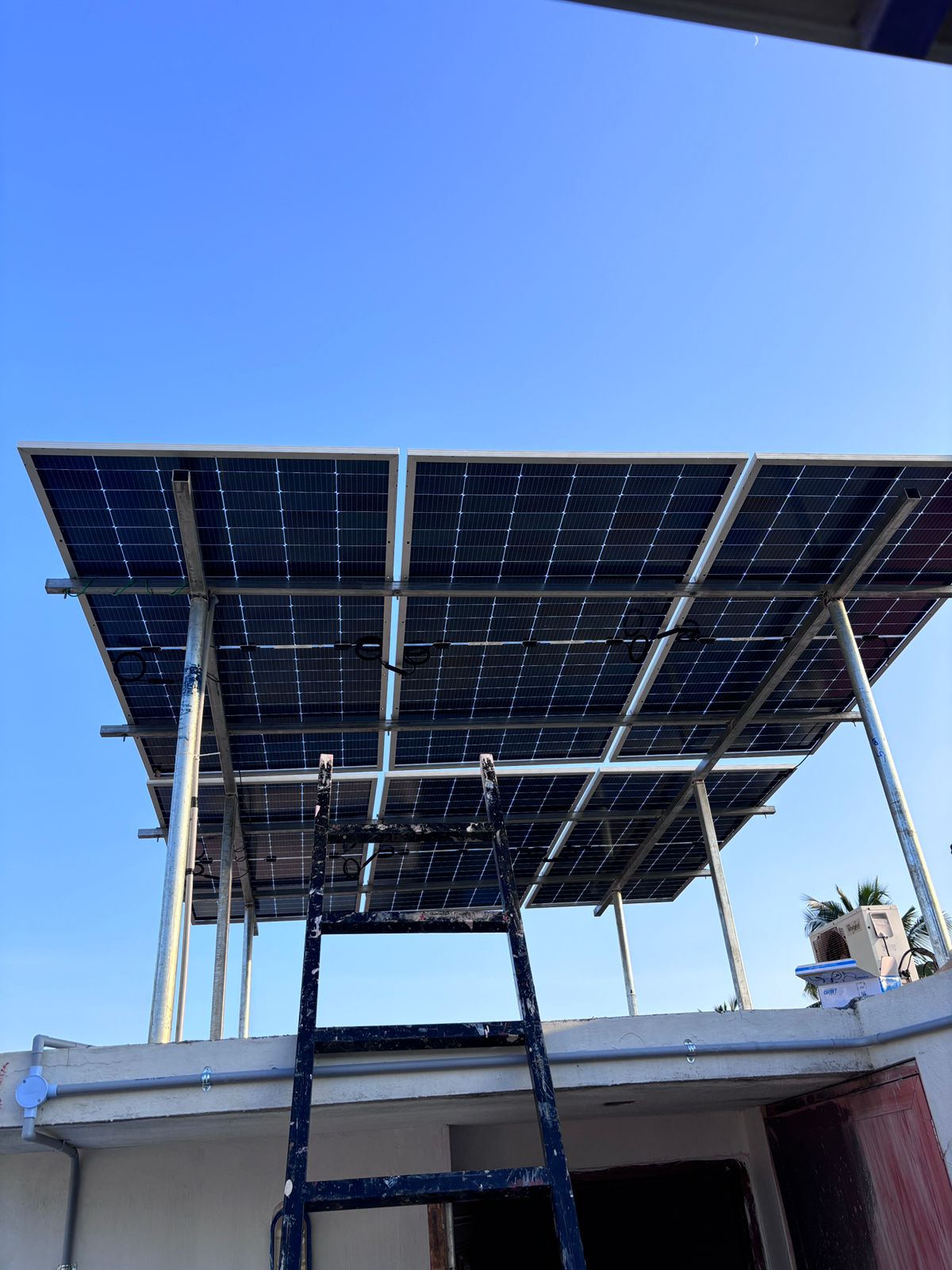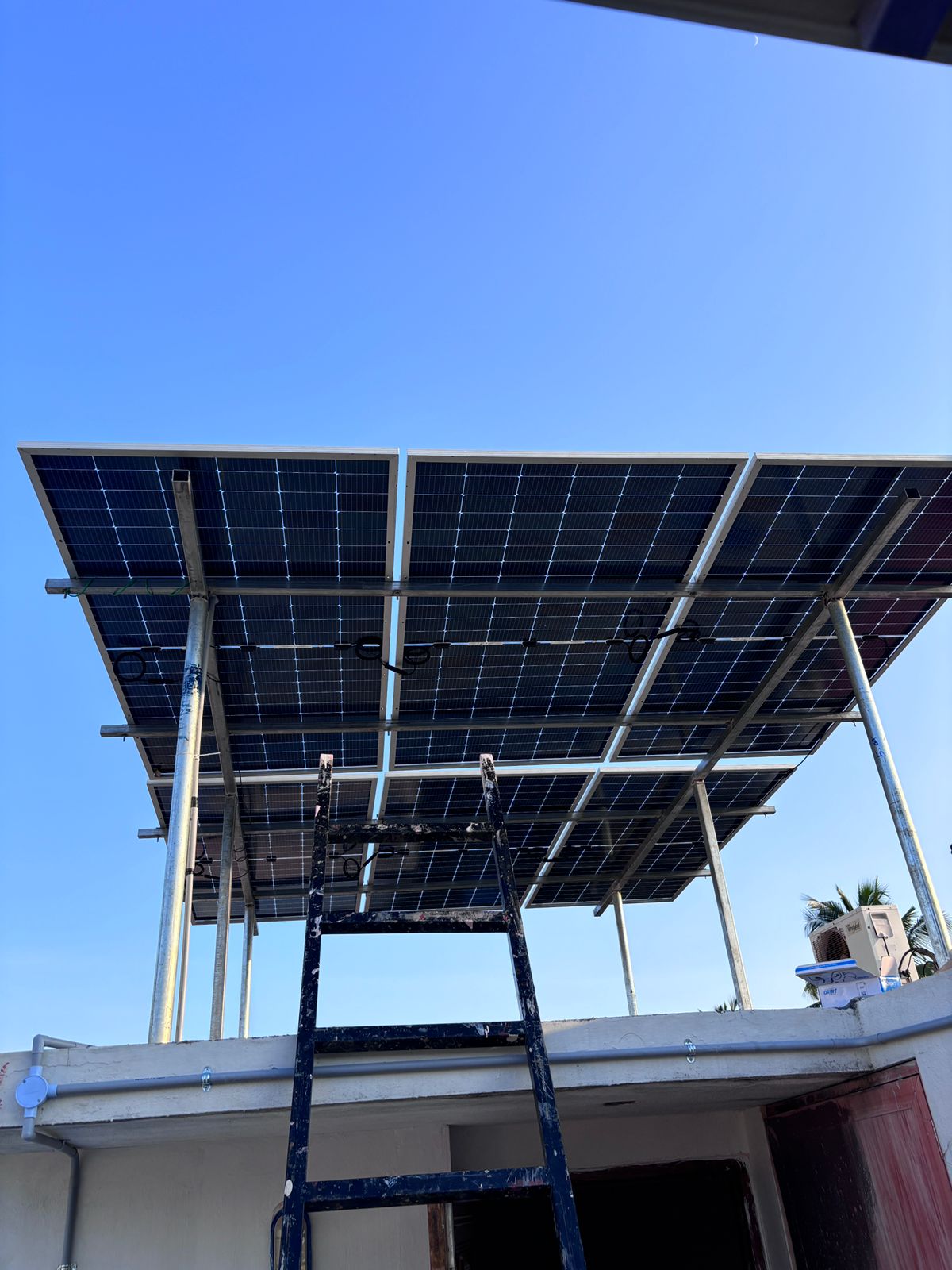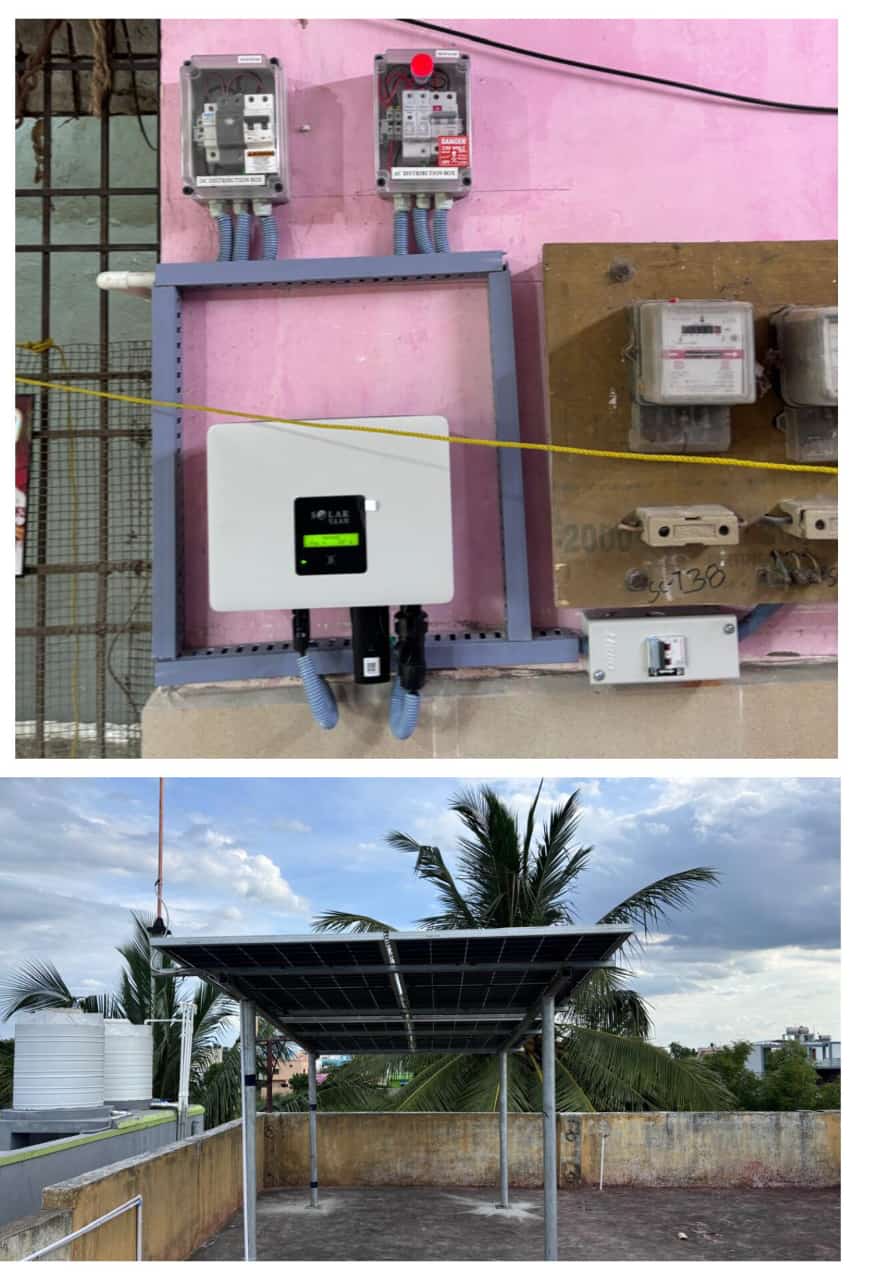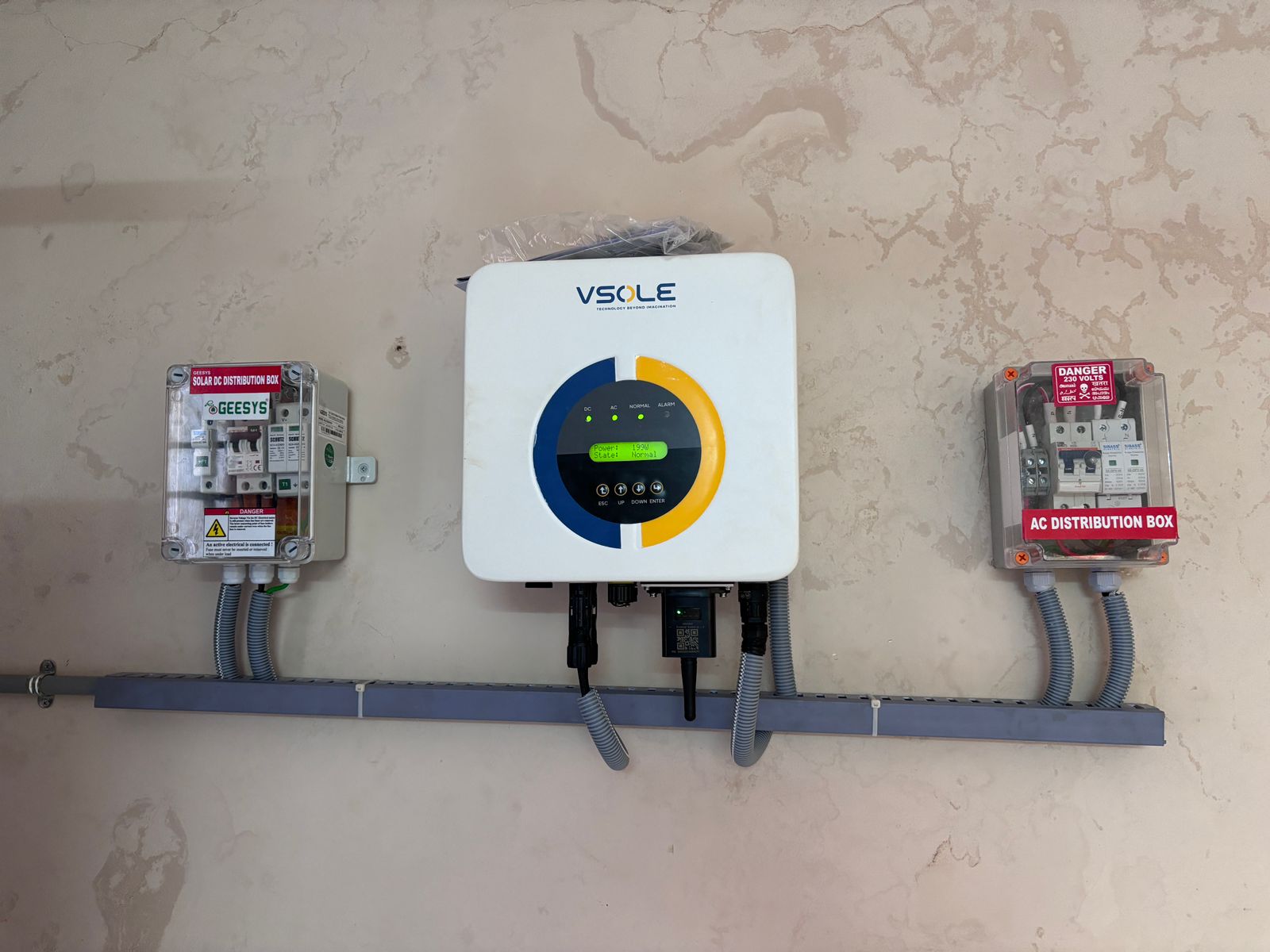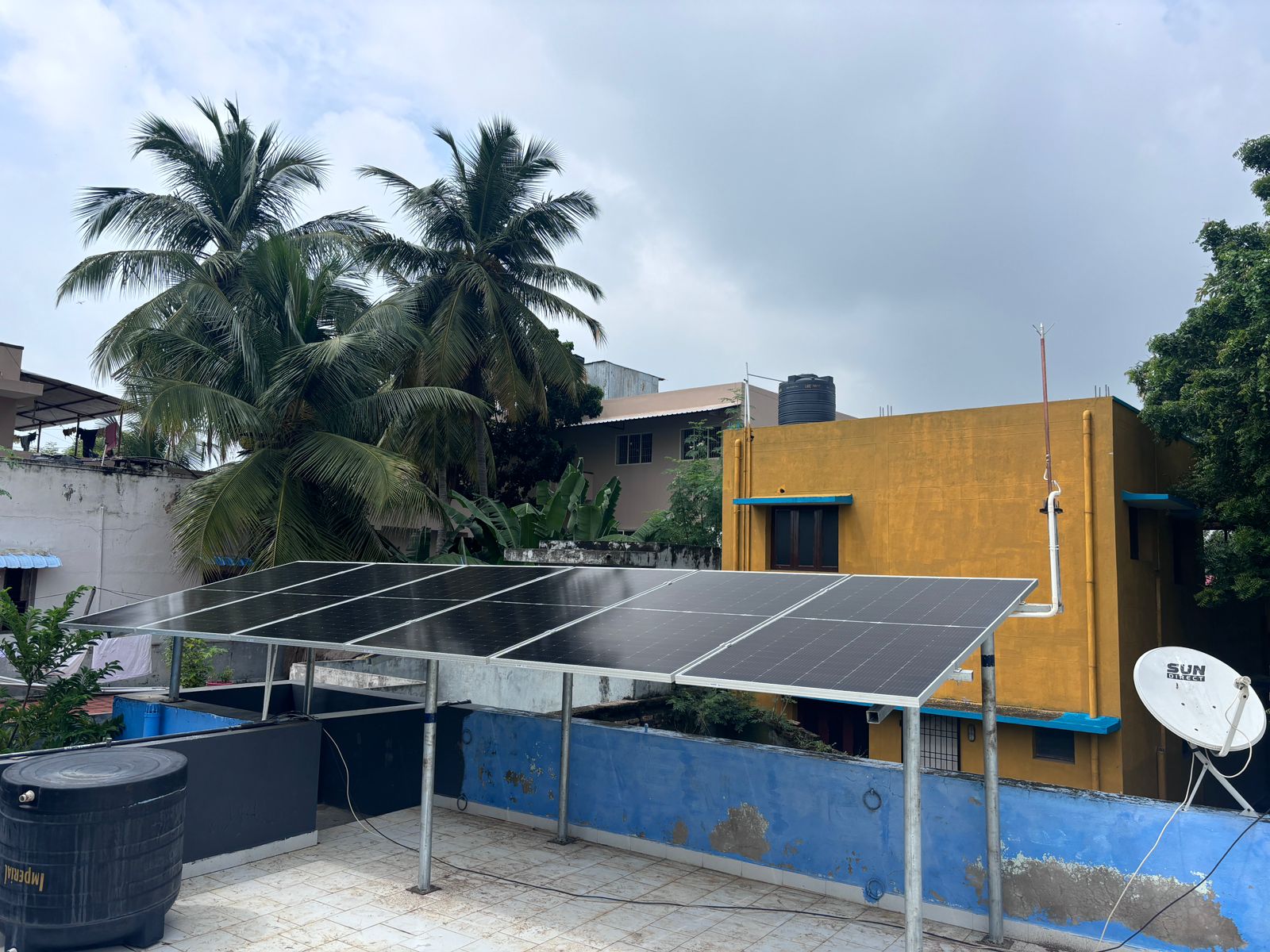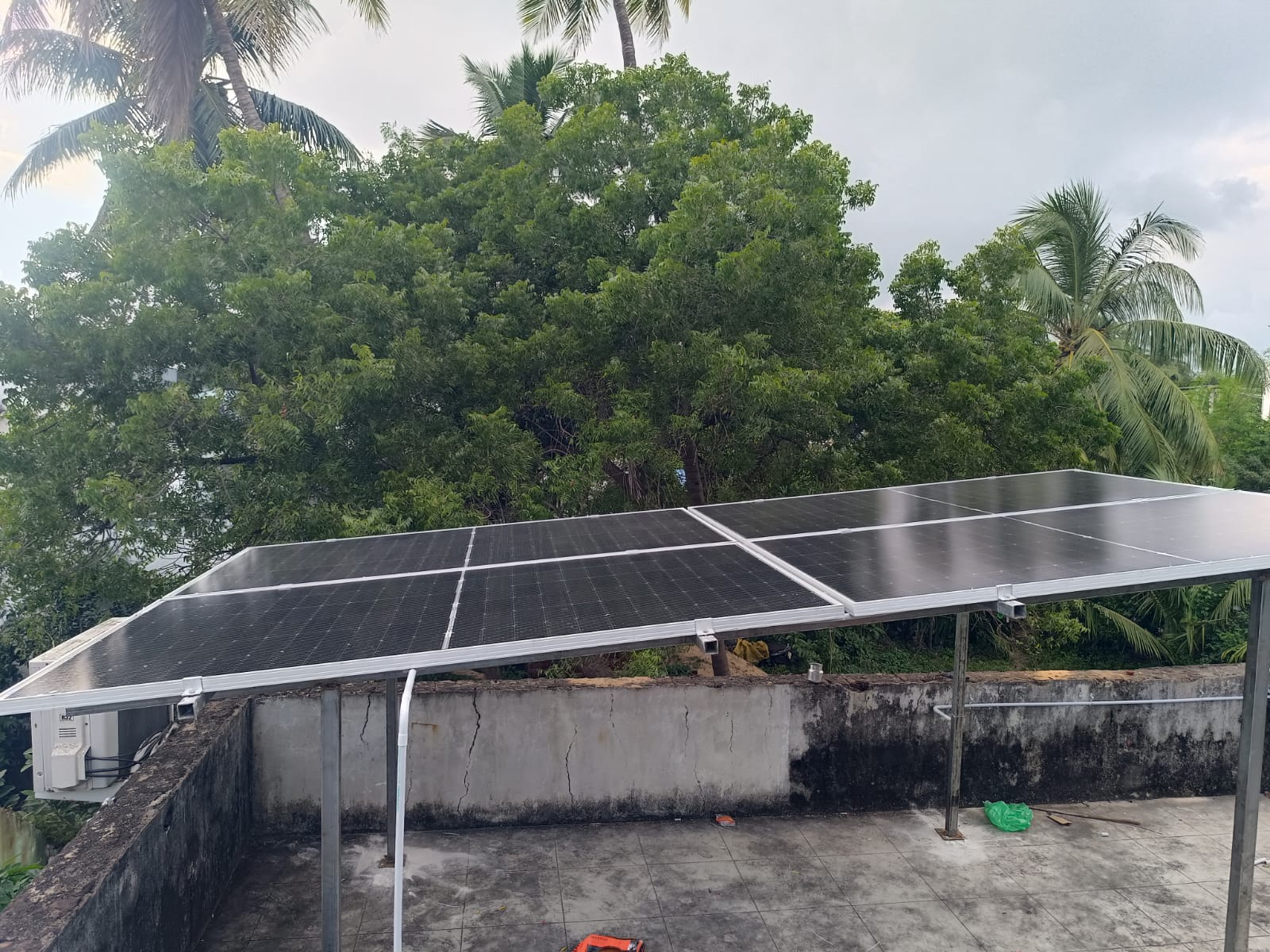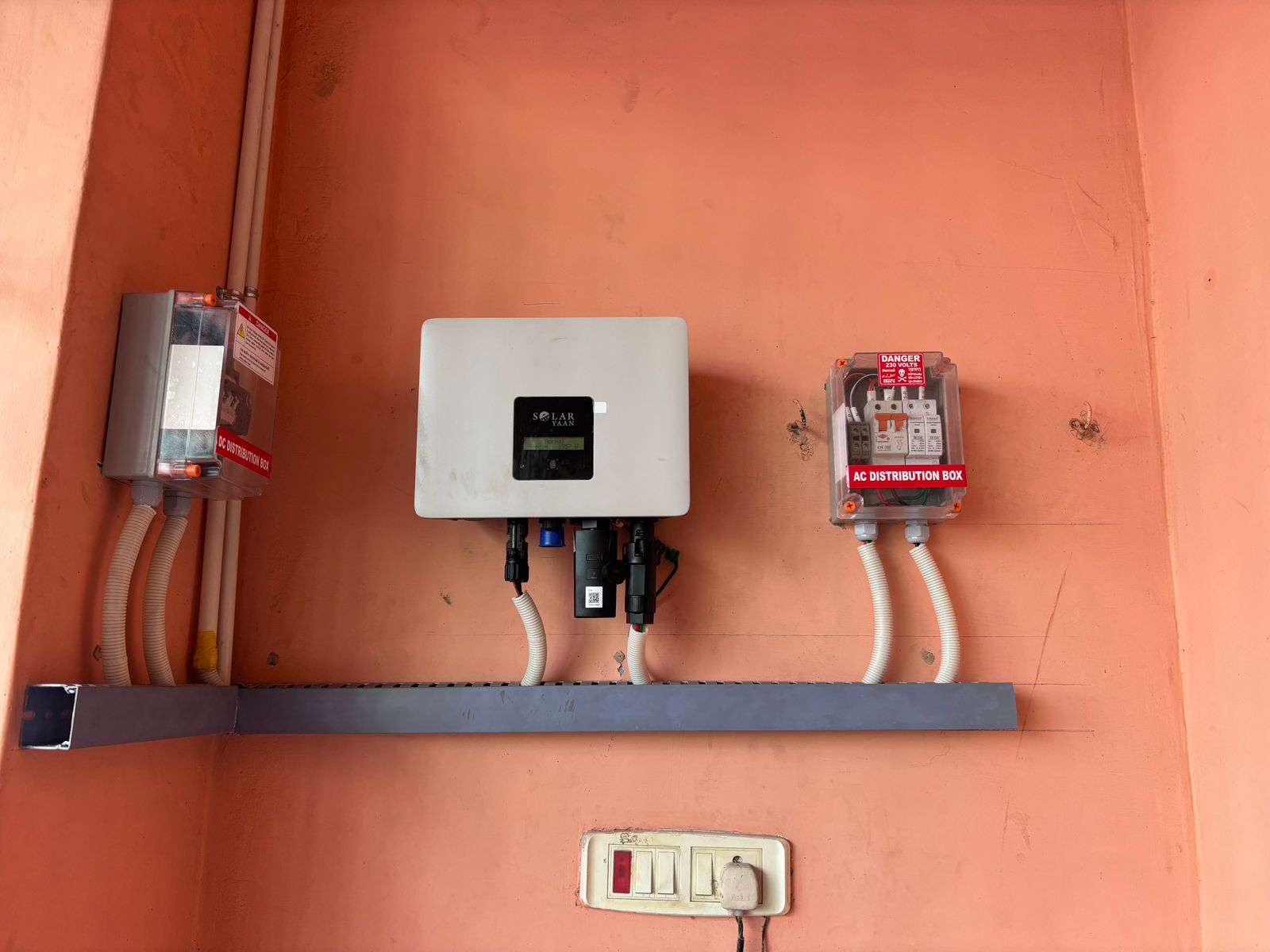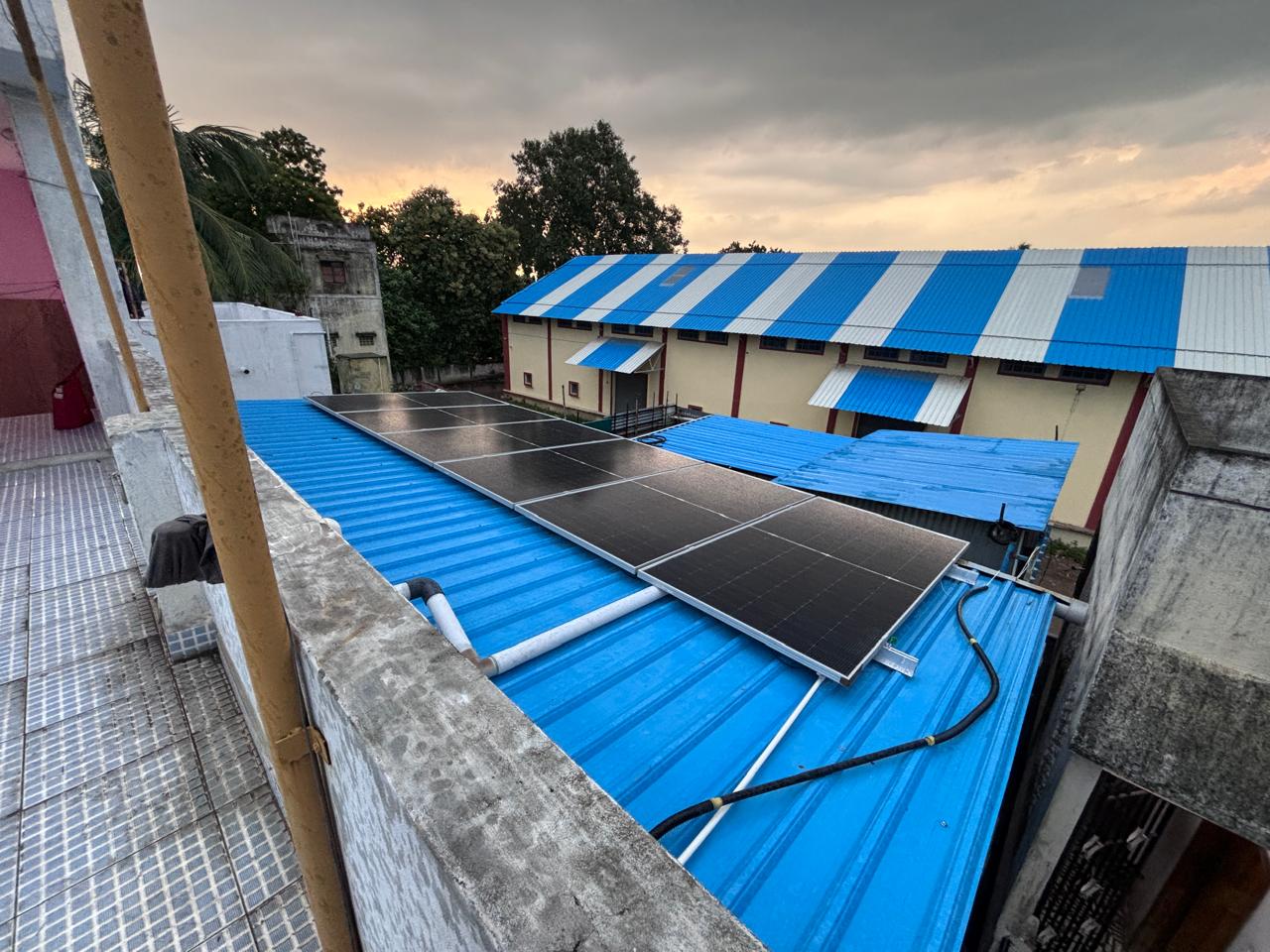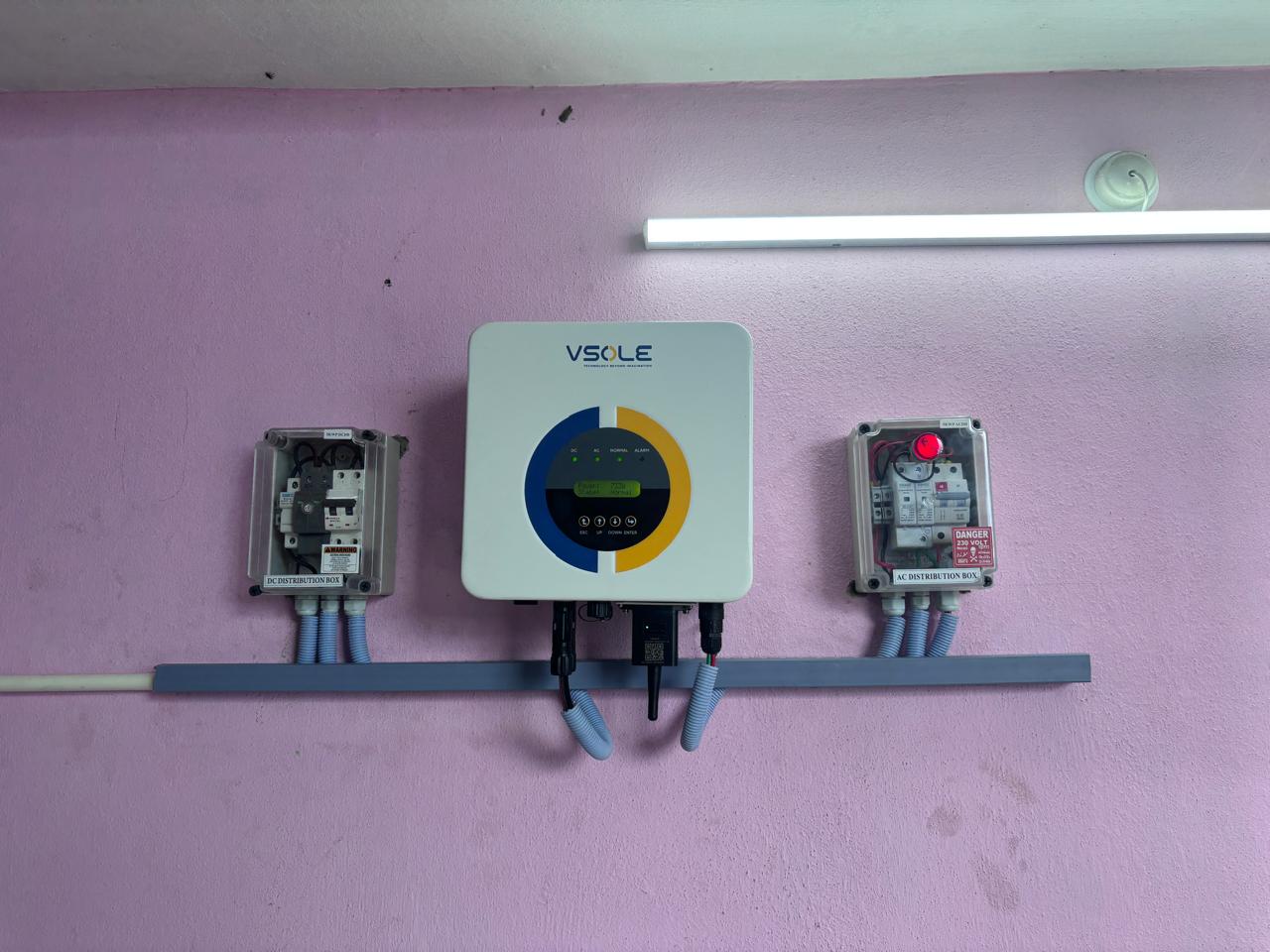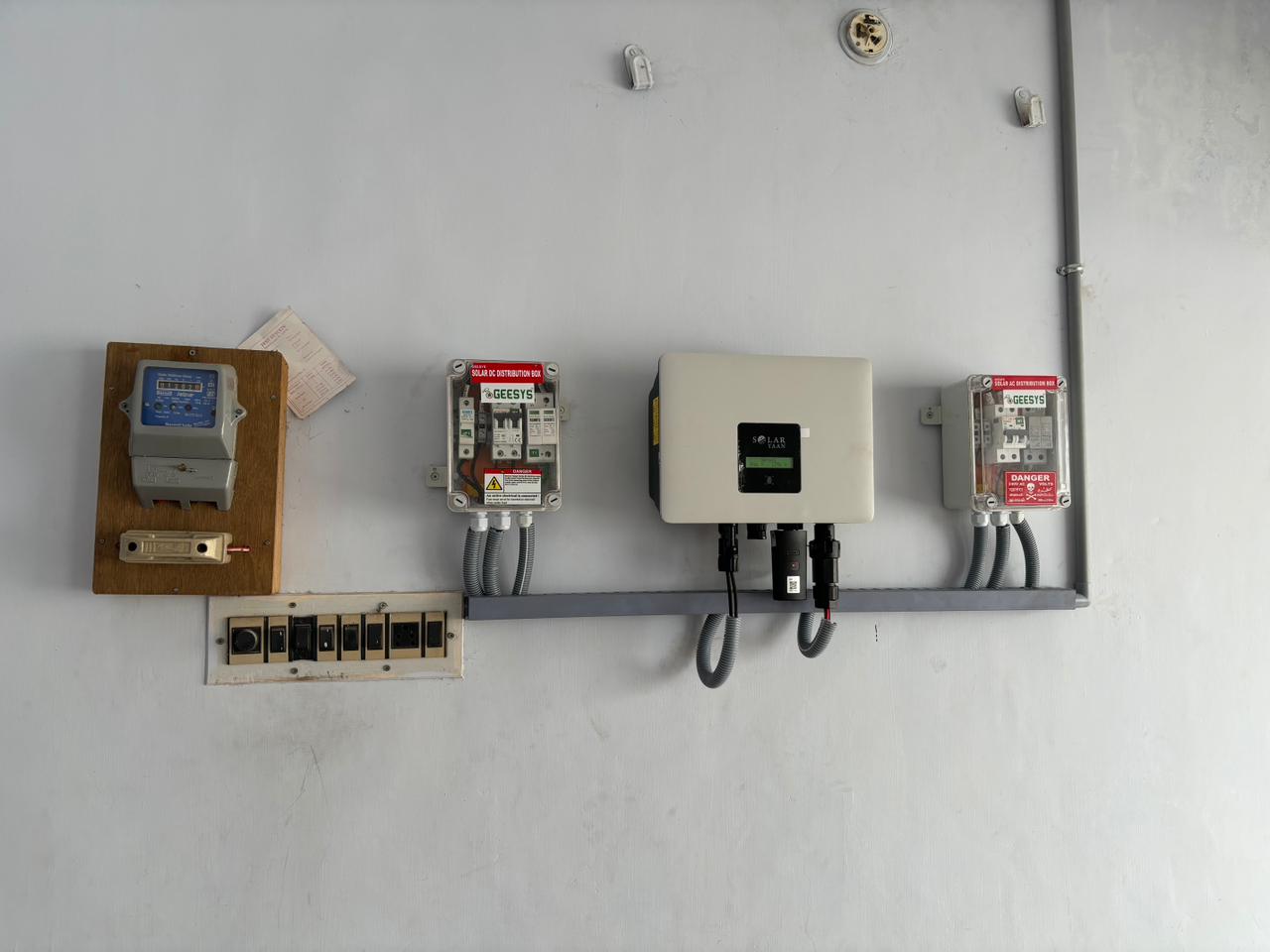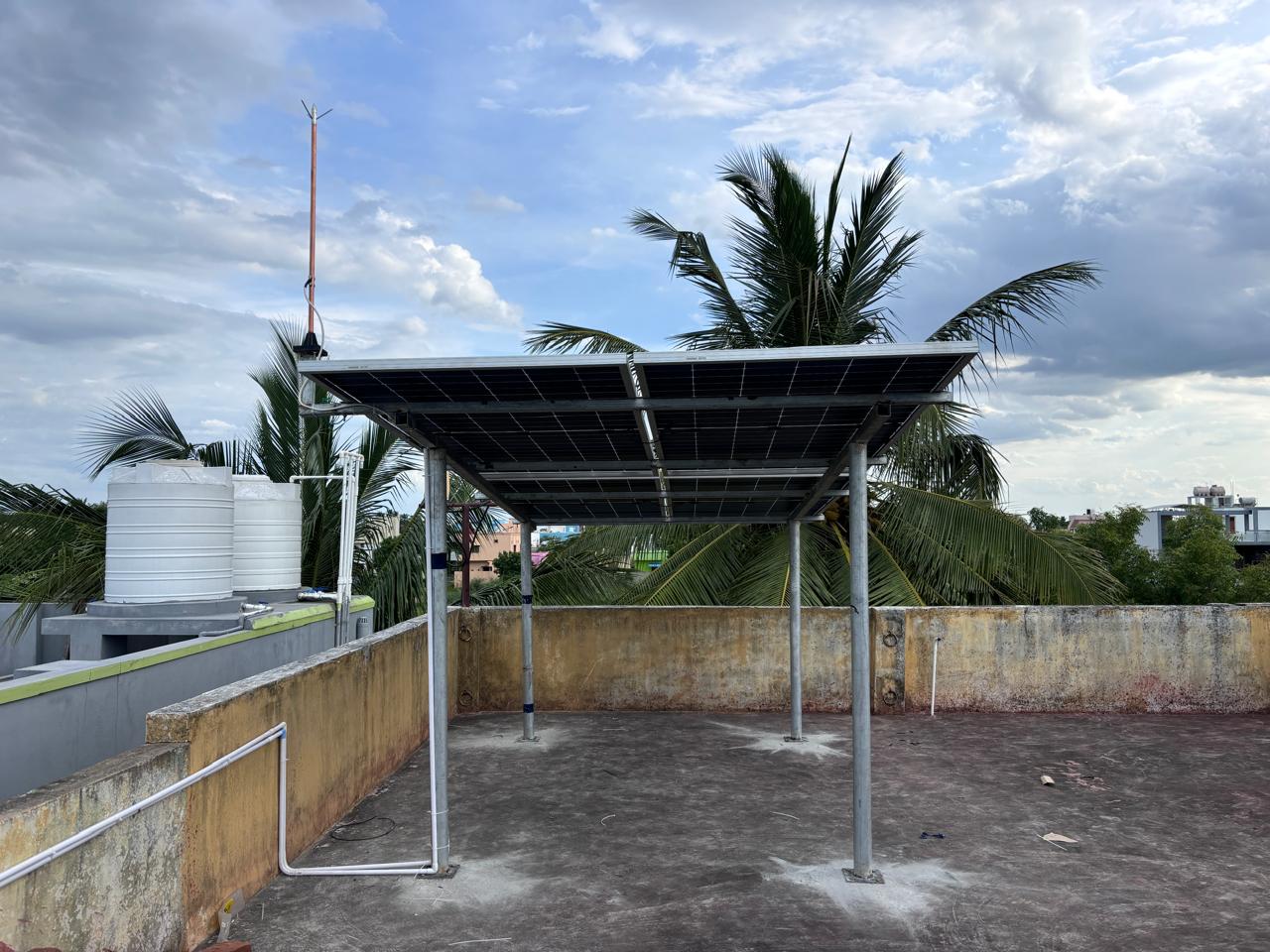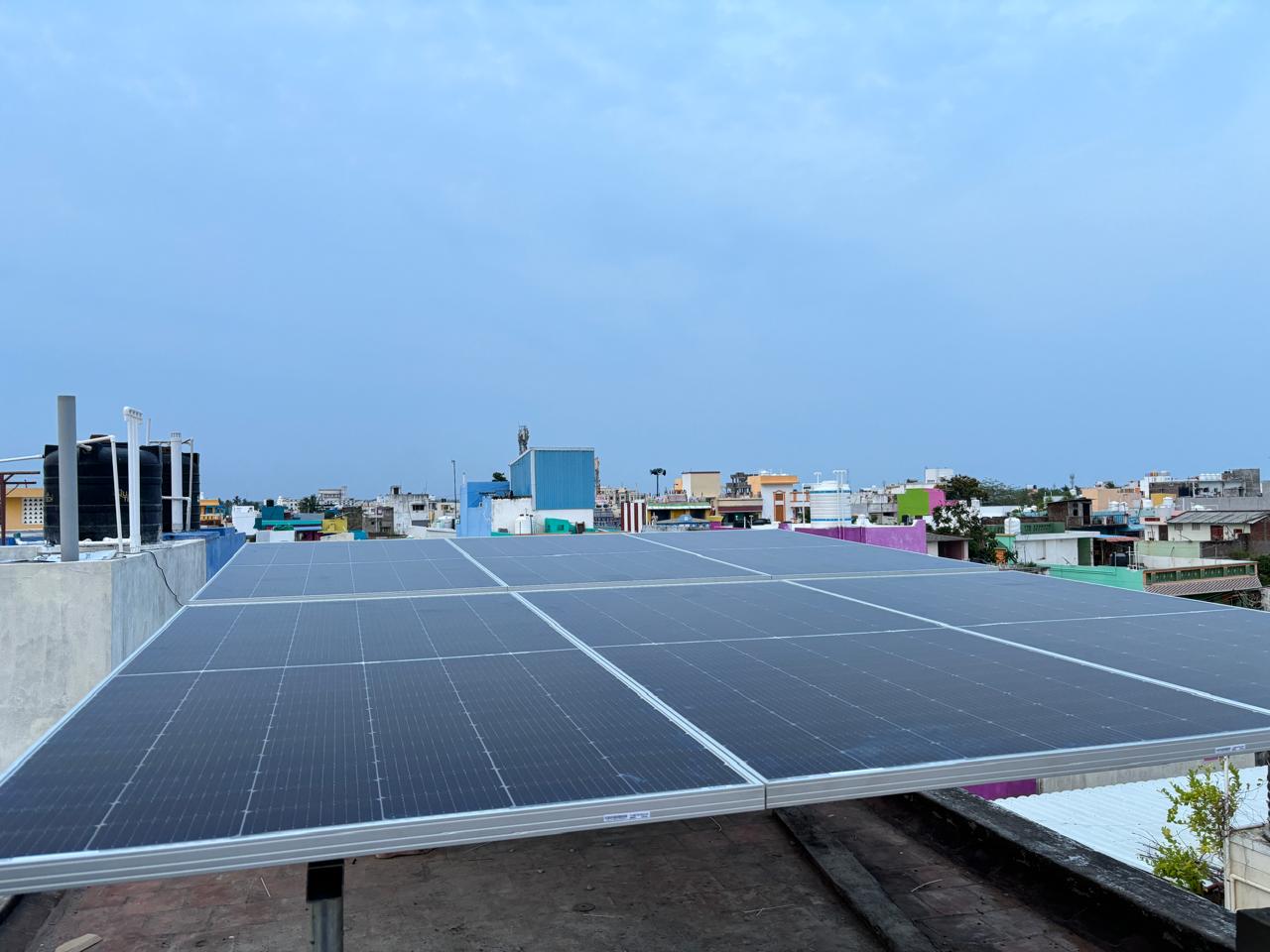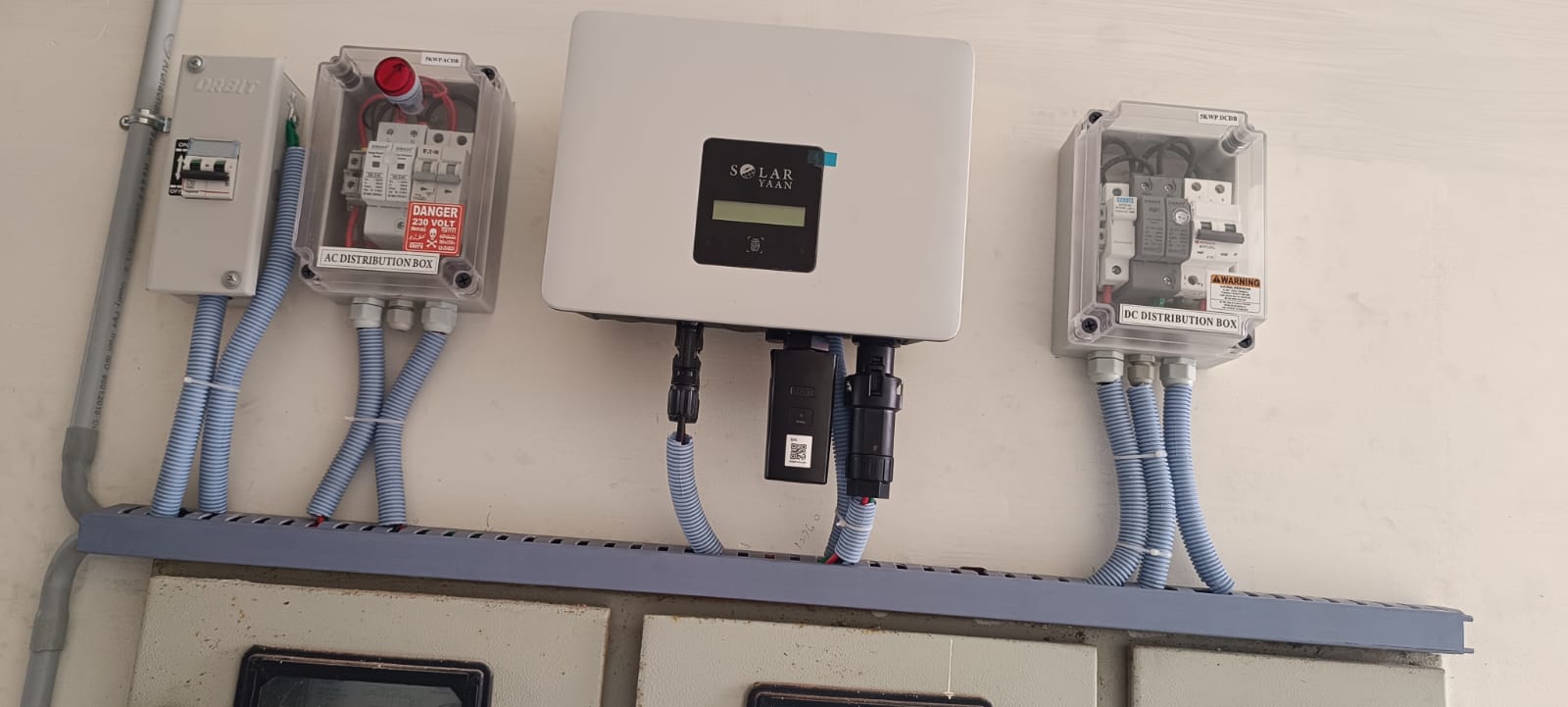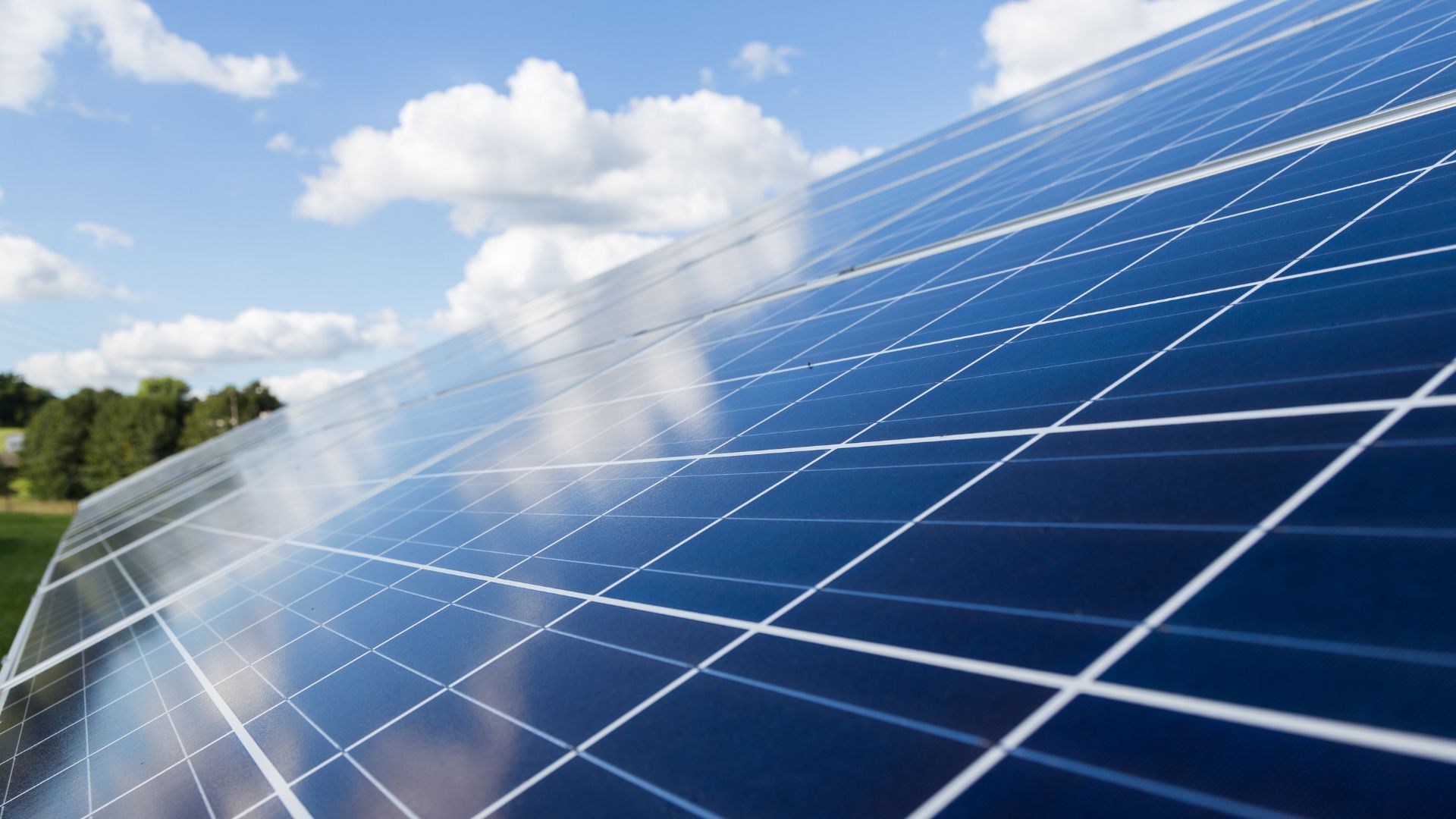
Join the Solar Revolution with Government Subsidy
Read More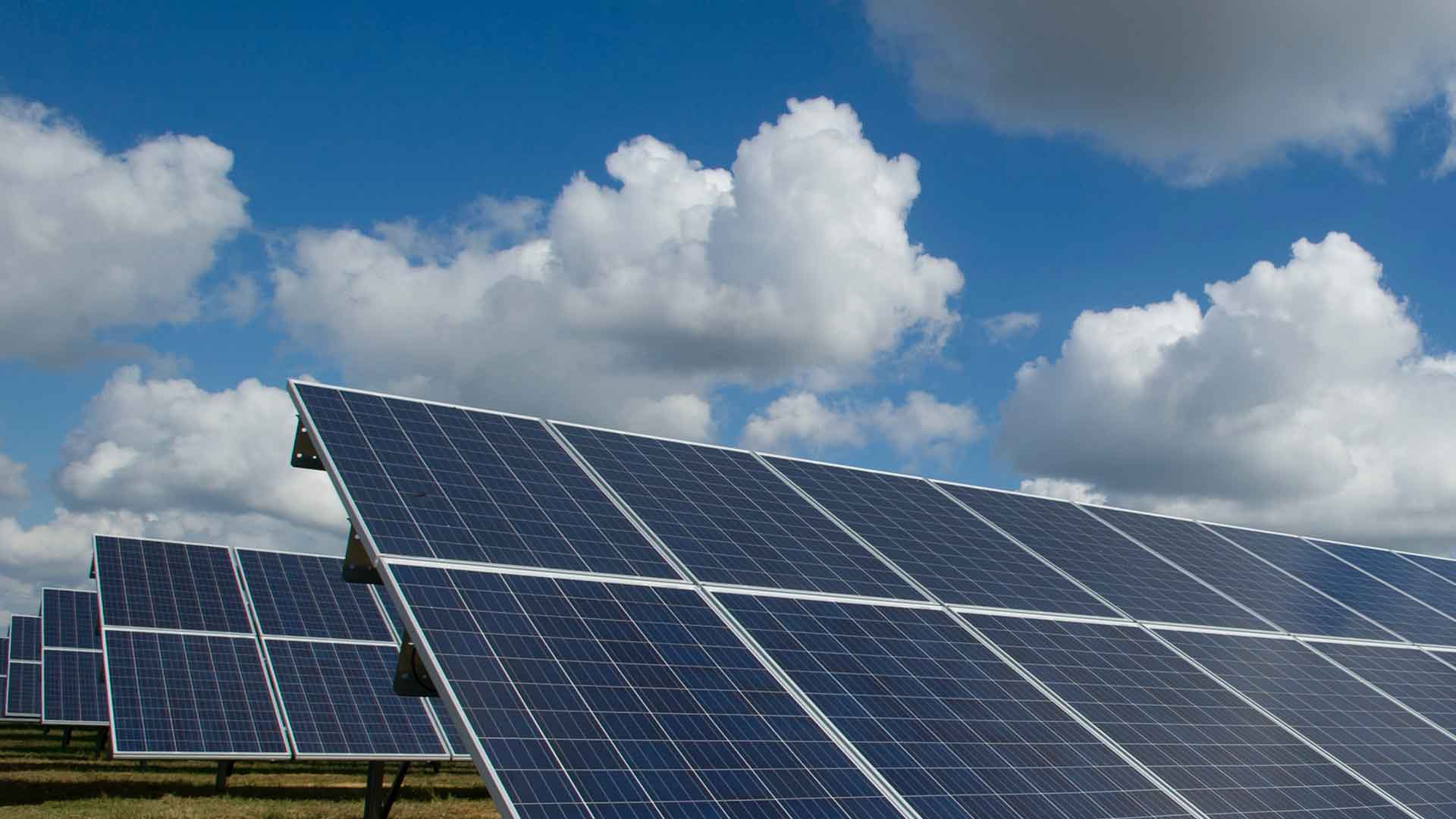
Expert Solar Solutions for Homes, Offices, and Industries
Get Quote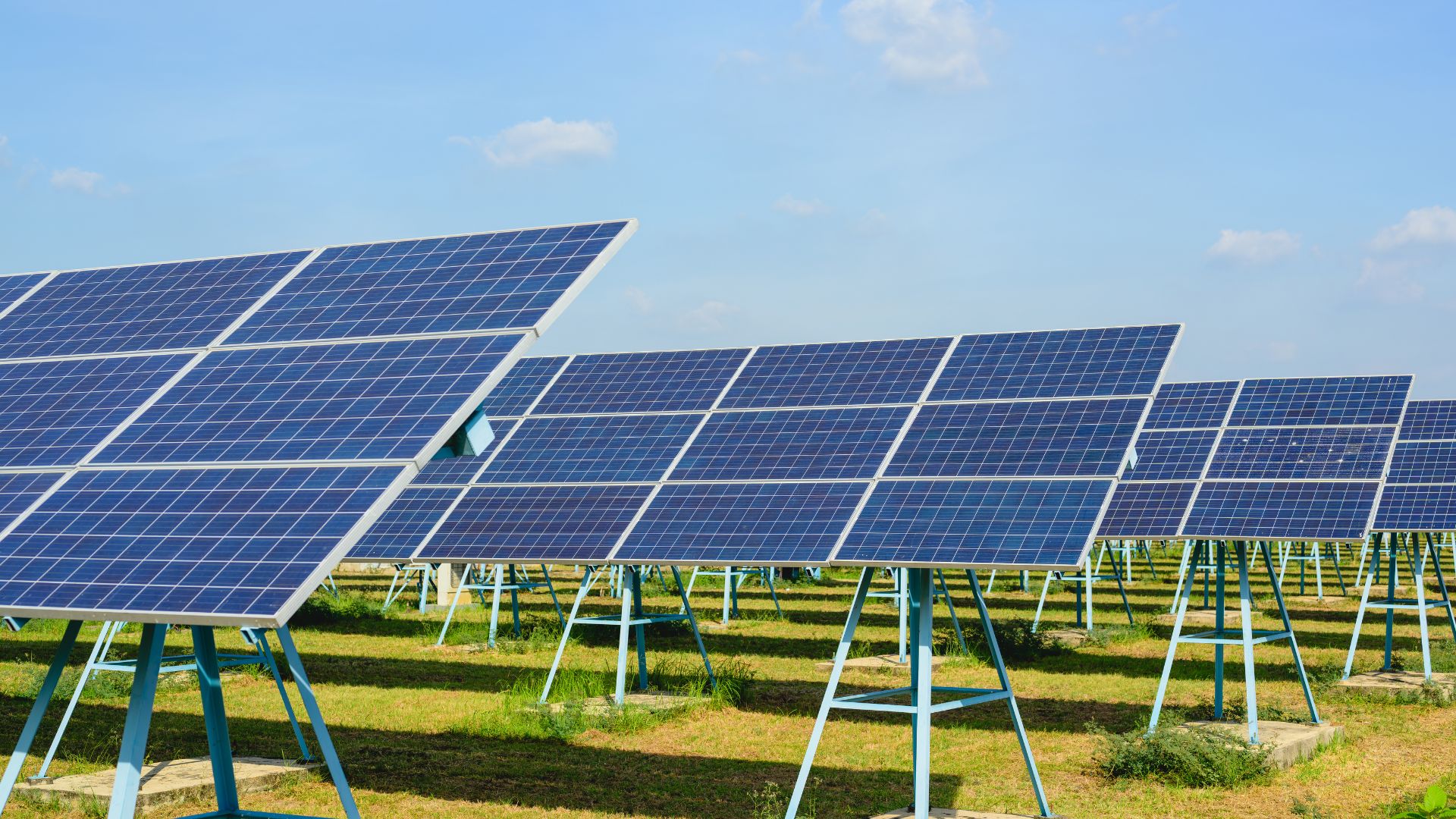



An extensive guide to understanding and implementing solar power solutions for industrial facilities. Learn about the benefits, installation process, and critical considerations.
Industrial solar installations are becoming a strategic priority for many manufacturing plants, warehouses, and large-scale facilities. With rising energy costs and a growing emphasis on sustainability, solar power presents a viable solution to reduce operational expenses and improve environmental impact. This article explores the numerous benefits of industrial solar installations, the detailed installation process, and key factors to consider.
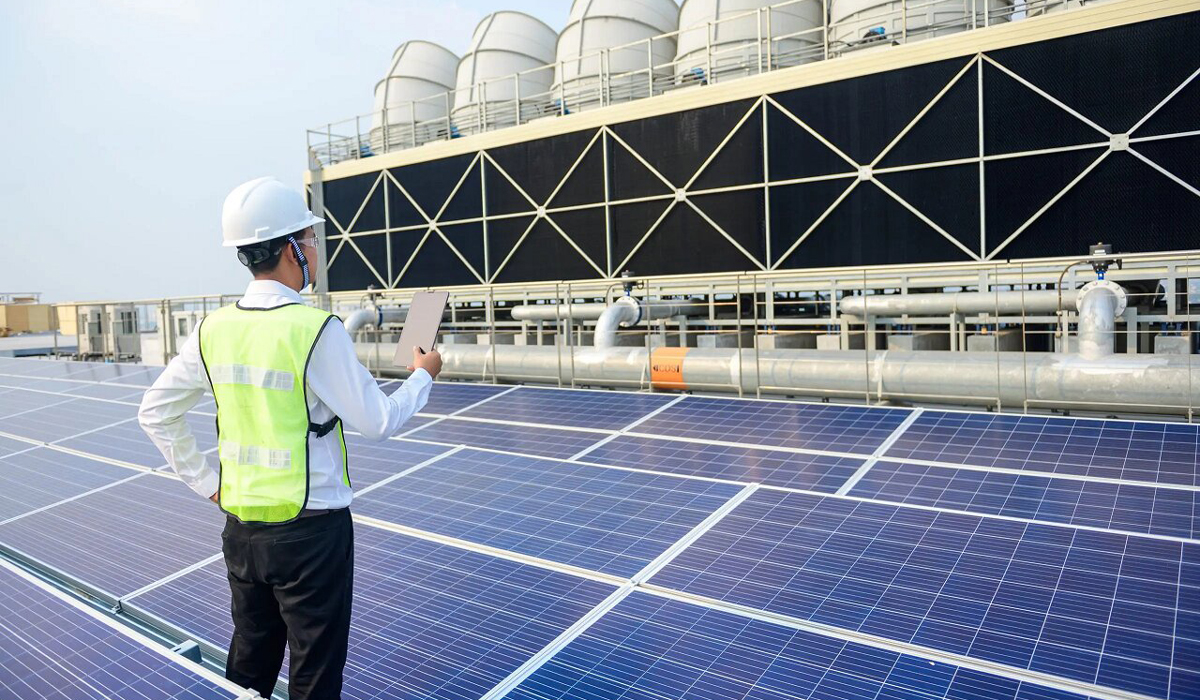
Implementing solar power in industrial settings offers a multitude of benefits, including:
Installing solar panels in industrial facilities involves several key steps:
Before proceeding with solar installations, industrial facilities should consider the following:
Industrial solar panels typically last between 25-30 years. Most manufacturers provide warranties that guarantee performance and efficiency during this period.
Yes, solar panels can be installed on flat roofs using specialized mounting systems that angle the panels to optimize sunlight exposure and energy production.
Solar panels can drastically reduce industrial energy costs by generating a significant portion of the electricity needed for operations, leading to substantial long-term savings.
Industrial solar panels require minimal maintenance. Regular cleaning and periodic inspections to check for any issues are usually sufficient to ensure the system's efficiency and longevity.
